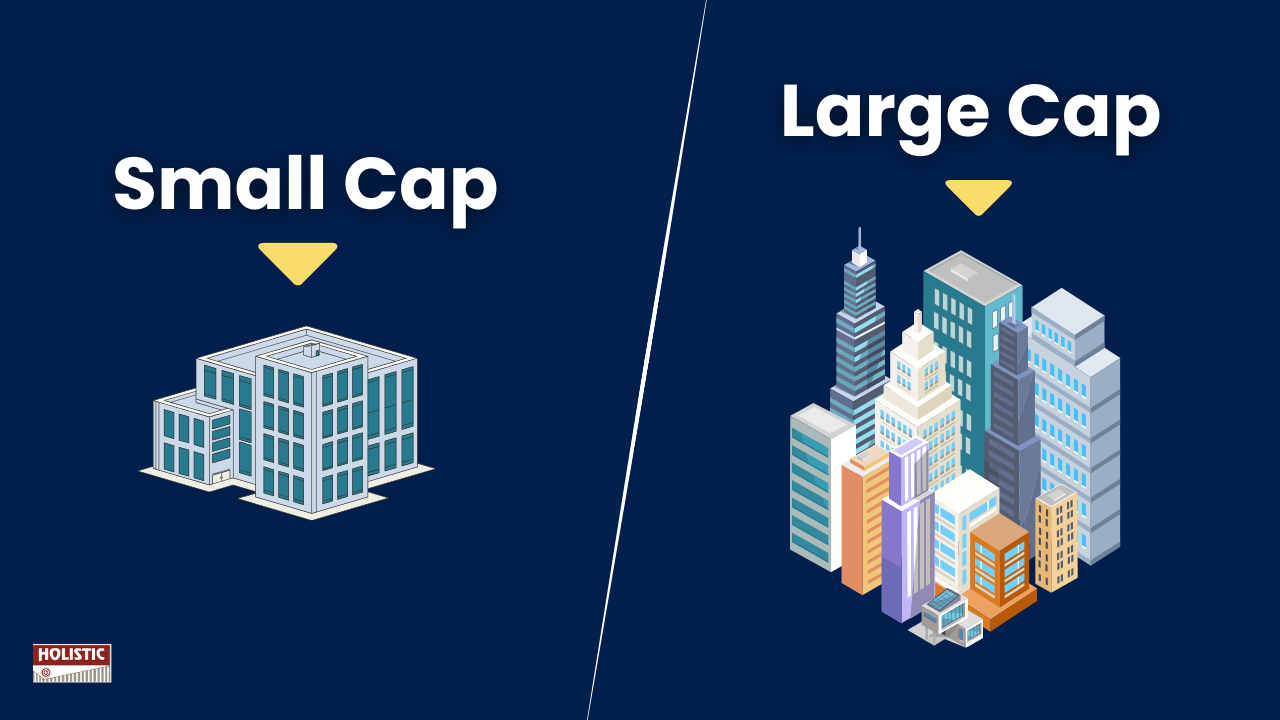Is the POS Aviva Dhan Suraksha Plan the right choice to provide financial protection for your family while helping you save for your goals?
Is the POS Aviva Dhan Suraksha Plan the perfect choice for those seeking flexible coverage and premium options?
Is the POS Aviva Dhan Suraksha Plan a smart and reliable solution to ensure peace of mind for you and your loved ones?
Let’s explore the plan’s features, benefits, and drawbacks to assess its suitability.
Table of Contents:
What is the POS Aviva Dhan Suraksha Plan?
What are the features of the POS Aviva Dhan Suraksha Plan?
Who is eligible for the POS Aviva Dhan Suraksha Plan?
What are the benefits of the POS Aviva Dhan Suraksha Plan?
Grace Period, Paid-up and Revival of POS Aviva Dhan Suraksha Plan
Free Look Period of POS Aviva Dhan Suraksha Plan
Surrendering POS Aviva Dhan Suraksha Plan
What are the advantages of the POS Aviva Dhan Suraksha Plan?
What are the disadvantages of the POS Aviva Dhan Suraksha Plan?
Research Methodology of POS Aviva Dhan Suraksha Plan
Benefit Illustration – IRR Analysis of POS Aviva Dhan Suraksha Plan
POS Aviva Dhan Suraksha Plan Vs. Other Investments
POS Aviva Dhan Suraksha Plan Vs. Pure-term + ELSS
Final Verdict on POS Aviva Dhan Suraksha Plan
What is the POS Aviva Dhan Suraksha Plan?
The POS Aviva Dhan Suraksha Plan is a non-linked, non-participating life insurance policy with a savings component. You pay premiums for 10 years, and the benefits begin at the end of the 11th policy year, distributed in instalments over the following 5 years.
What are the features of the POS Aviva Dhan Suraksha Plan?
- The POS Aviva Dhan Suraksha Plan policy has a term of 11 years, with premiums payable for 10 years.
- Benefits are distributed in five instalments over time.
- A guaranteed terminal benefit is included with the final payout.
- Tax benefits are available under Sections 80C and 10(10D) of the Income Tax Act.
Who is eligible for the POS Aviva Dhan Suraksha Plan?
| Entry Age | Maturity Age | |||
| Minimum | 18 years | 29 years | ||
| 50 years | 61 years | |||
| Entry Age | Minimum Annual Premium | Maximum Annual Premium | Minimum Sum Assured | Maximum Sum Assured |
| 18-30 years | ₹ 10,000 | ₹ 67,500 | ₹ 1,45,000 | ₹ 9,78,500 |
| 31-45 years | ₹ 68,000 | ₹ 9,86,000 | ||
| 46-50 years | ₹ 68,500 | ₹ 9,93,250 | ||
What are the benefits of the POS Aviva Dhan Suraksha Plan?
1. Maturity benefit
In case the life insured survives till the end of the POS Aviva Dhan Suraksha Plan Policy Term and provided all due premiums have been paid; the Maturity Sum Assured shall be paid in the following manner
- 5 regular annual payouts of “1.5 times one annual premium” shall be paid at the end of each year during the Payout Period of 5 years, starting from the maturity date.
- A lump sum amount of “7 times one annual premium” shall be paid along with the 5th instalment.
- In addition, an age-related Guaranteed Terminal Benefit will also be payable along with the last payout.
2. Death benefit
In case of death of the life insured during the POS Aviva Dhan Suraksha Plan policy term, provided all due premiums till the date of death have been paid, the Death Sum Assured will be paid in the following manner:
- 5 Regular annual instalments of “1.5 times one annual premium”. The first instalment would be paid at the time of death and the remaining 4 annual instalments shall be paid on each of the subsequent death anniversaries.
- A lump sum amount of “7 times one annual premium” shall be paid along with the 5th annual instalment.
- In addition to Death Sum Assured, an age-related Guaranteed Terminal Benefit will also be payable along with the last payout
Grace Period, Paid-up and Revival of POS Aviva Dhan Suraksha Plan
Grace Period
There is a grace period of 30 days to pay the premium after the due date. The POS Aviva Dhan Suraksha Plan policy remains in force during this period
Paid-paid Value
After payment of at least 3 years’ premiums, if any due premium is not paid before the expiry of the grace period, the policy will become a Paid-up policy with reduced benefits based upon the paid-up sum assured.
Paid-up Sum Assured = (Number of Premiums paid / Total Number of Premiums payable) x Sum Assured
Revival
The POS Aviva Dhan Suraksha Plan policyholder will have two years from the date of the first unpaid due premium to revive a lapsed/paid-up policy
Free Look Period of POS Aviva Dhan Suraksha Plan
The policyholder has the right to review the POS Aviva Dhan Suraksha Plan policy terms and conditions and has the option to return the policy during the freelook period which is 15 days (30 days in case the policy is sourced through Distance Marketing) from the date of receipt of the POS Aviva Dhan Suraksha Plan policy document.
Surrendering POS Aviva Dhan Suraksha Plan
A POS Aviva Dhan Suraksha Plan policy can be surrendered provided at least three years’ premiums have been paid. The surrender Value will be greater of the Guaranteed Surrender Value (GSV) and the Special Surrender Value.
What are the advantages of the POS Aviva Dhan Suraksha Plan?
- All benefits under the POS Aviva Dhan Suraksha Plan are guaranteed.
- Benefits are provided in instalments.
What are the disadvantages of the POS Aviva Dhan Suraksha Plan?
- The POS Aviva Dhan Suraksha Plan policy term and premium payment term cannot be customized.
- The POS Aviva Dhan Suraksha Plan does not offer a loan facility.
- While the benefits are guaranteed, the returns are relatively low.
- The maximum sum assured under the POS Aviva Dhan Suraksha Plan is ₹9.93 lakhs, which may be insufficient to adequately protect a family in case of uncertainties.
Research Methodology of POS Aviva Dhan Suraksha Plan
We have explored the features and benefits of the POS Aviva Dhan Suraksha Plan. Now, let’s dive into the interest calculation.
Since this POS Aviva Dhan Suraksha Plan is not linked to market returns and does not participate in profits, the cash flow pattern is predefined, making it straightforward to calculate the return on investment.
We will first determine the internal rate of return (IRR) for the POS Aviva Dhan Suraksha Plan and then compare it with other investment options.
Benefit Illustration – IRR Analysis of POS Aviva Dhan Suraksha Plan
For instance, a 35-year-old male opts for the POS Aviva Dhan Suraksha Plan with a sum assured of ₹9.86 lakhs. The policy term is 11 years, and the premium payment term is 10 years, with an annualized premium of ₹68,000.
| Male | 35 years |
| Sum Assured | ₹ 9,86,000 |
| Policy Term | 11 years |
| Premium Paying Term | 10 years |
| Annualised Premium | ₹ 68,000 |
The payout includes four instalments of ₹1.02 lakhs each (1.5 times the annualized premium) and a final instalment of ₹5.91 lakhs, including the terminal benefit. The IRR for this cash flow works out to 4.09% as per the POS Aviva Dhan Suraksha Plan’s Maturity Calculator.
| Age | Year | Annualised premium / Maturity benefit | Death benefit |
| 35 | 1 | -68,000 | 9,86,000 |
| 36 | 2 | -68,000 | 9,86,000 |
| 37 | 3 | -68,000 | 9,86,000 |
| 38 | 4 | -68,000 | 9,86,000 |
| 39 | 5 | -68,000 | 9,86,000 |
| 40 | 6 | -68,000 | 9,86,000 |
| 41 | 7 | -68,000 | 9,86,000 |
| 42 | 8 | -68,000 | 9,86,000 |
| 43 | 9 | -68,000 | 9,86,000 |
| 44 | 10 | -68,000 | 9,86,000 |
| 45 | 11 | 0 | 9,86,000 |
| 46 | 12 | 1,02,000 | 0 |
| 47 | 13 | 1,02,000 | 0 |
| 48 | 14 | 1,02,000 | 0 |
| 49 | 15 | 1,02,000 | 0 |
| 50 | 5,91,600 | 0 | |
| IRR | 4.09% |
This illustration is based on the POS Aviva Dhan Suraksha Plan’s maximum premium and sum assured. Despite this, the benefits received are insufficient to cover significant expenses. Additionally, the annual payouts reduce the overall returns.
In conclusion, the sum assured and benefits of the POS Aviva Dhan Suraksha Plan are not optimal for individual investors seeking substantial returns or financial protection.
POS Aviva Dhan Suraksha Plan Vs. Other Investments
At first glance, the benefits of the POS Aviva Dhan Suraksha Plan may appear attractive. However, the returns are underwhelming, prompting us to explore alternative investment opportunities.
A better approach is to separate the insurance and investment components for higher returns.
POS Aviva Dhan Suraksha Plan Vs. Pure-term + ELSS
A pure-term insurance policy with a ₹10 lakh sum assured costs ₹8,200 annually. This leaves ₹59,800 from the original annual premium for investment.
Unlike the POS Aviva Dhan Suraksha Plan, where premiums are paid for 10 years, this term plan requires premium payments for only 5 years, freeing up the entire amount for investment over the next 5 years.
| Pure Term Life Insurance Policy | |
| Sum Assured | ₹ 10,00,000 |
| Policy Term | 11 years |
| Premium Paying Term | 5 years |
| Annualised Premium | ₹ 8,200 |
| Investment | ₹ 59,800 |
For low-risk investors, options like the Public Provident Fund (PPF) can be considered, while high-risk investors can explore equity-based options such as Equity-Linked Savings Schemes (ELSS). In this example, the available funds are invested in an ELSS fund.
| Term insurance + ELSS | |||
| Age | Year | Term Insurance premium + ELSS | Death benefit |
| 35 | 1 | -68,000 | 10,00,000 |
| 36 | 2 | -68,000 | 10,00,000 |
| 37 | 3 | -68,000 | 10,00,000 |
| 38 | 4 | -68,000 | 10,00,000 |
| 39 | 5 | -68,000 | 10,00,000 |
| 40 | 6 | -68,000 | 10,00,000 |
| 41 | 7 | -68,000 | 10,00,000 |
| 42 | 8 | -68,000 | 10,00,000 |
| 43 | 9 | -68,000 | 10,00,000 |
| 44 | 10 | -68,000 | 10,00,000 |
| 45 | 11 | 0 | 10,00,000 |
| 46 | 12 | 1,02,000 | 0 |
| 47 | 13 | 1,02,000 | 0 |
| 48 | 14 | 1,02,000 | 0 |
| 49 | 15 | 1,02,000 | 0 |
| 50 | 12,25,377 | 0 | |
| IRR | 9.01% | ||
To generate regular cash withdrawals later, the accumulated ELSS corpus is transferred to an instrument offering a 7% annual return. The investment is structured to mimic the payout schedule of the POS Aviva Dhan Suraksha Plan.
At maturity, the ELSS fund has a pre-tax value of ₹13.81 lakhs and a post-tax value of ₹13.04 lakhs. The post-tax corpus is reinvested in an instrument yielding 7% returns, generating regular withdrawals.
Following a payout pattern similar to the POS Aviva Dhan Suraksha Plan, the final investment value grows to ₹12.25 lakhs. The combined post-tax IRR for this strategy—combining term insurance and ELSS investments—is 9.01%.
| ELSS Tax Calculation | |
| Maturity value after 11 years | 13,81,731 |
| Purchase price | 6,39,000 |
| Long-Term Capital Gains | 7,42,731 |
| Exemption limit | 1,25,000 |
| Taxable LTCG | 6,17,731 |
| Tax paid on LTCG | 77,216 |
| Maturity value after tax | 13,04,515 |
This comparison highlights that separate investments for life goals outperform traditional endowment plans in terms of returns. Additionally, the returns from this alternative strategy are better equipped to combat inflation over the long term.
Moreover, the POS Aviva Dhan Suraksha Plan offers rigid cash flow patterns with no flexibility to defer payouts. In contrast, this alternate approach allows you to customize withdrawals to suit your financial needs.
Final Verdict on POS Aviva Dhan Suraksha Plan
The POS Aviva Dhan Suraksha Plan combines insurance coverage with savings or investment benefits. However, upon analysis, we found no standout features compared to other plans.
POS Aviva Dhan Suraksha Plan is a straightforward endowment plan that offers guaranteed benefits in instalments.
The returns are subpar for a long-term investment, and the sum assured is insufficient. The combined insurance and investment components of the POS Aviva Dhan Suraksha Plan fail to deliver value, making it unsuitable for inclusion in your portfolio and it also has a high agent commission.
Instead, consider opting for pure-term life insurance policies, which provide adequate coverage at affordable premiums.
To achieve life goals, invest separately in instruments aligned with your risk tolerance and time horizon. Avoid mixing insurance and investment.
When it comes to financial advice, are Quora, Facebook, and Twitter the final word?
It is always wise to consult a financial advisor for personalized guidance tailored to your financial goals and needs. They can help you explore investment options that align with your objectives and maximize your returns.





